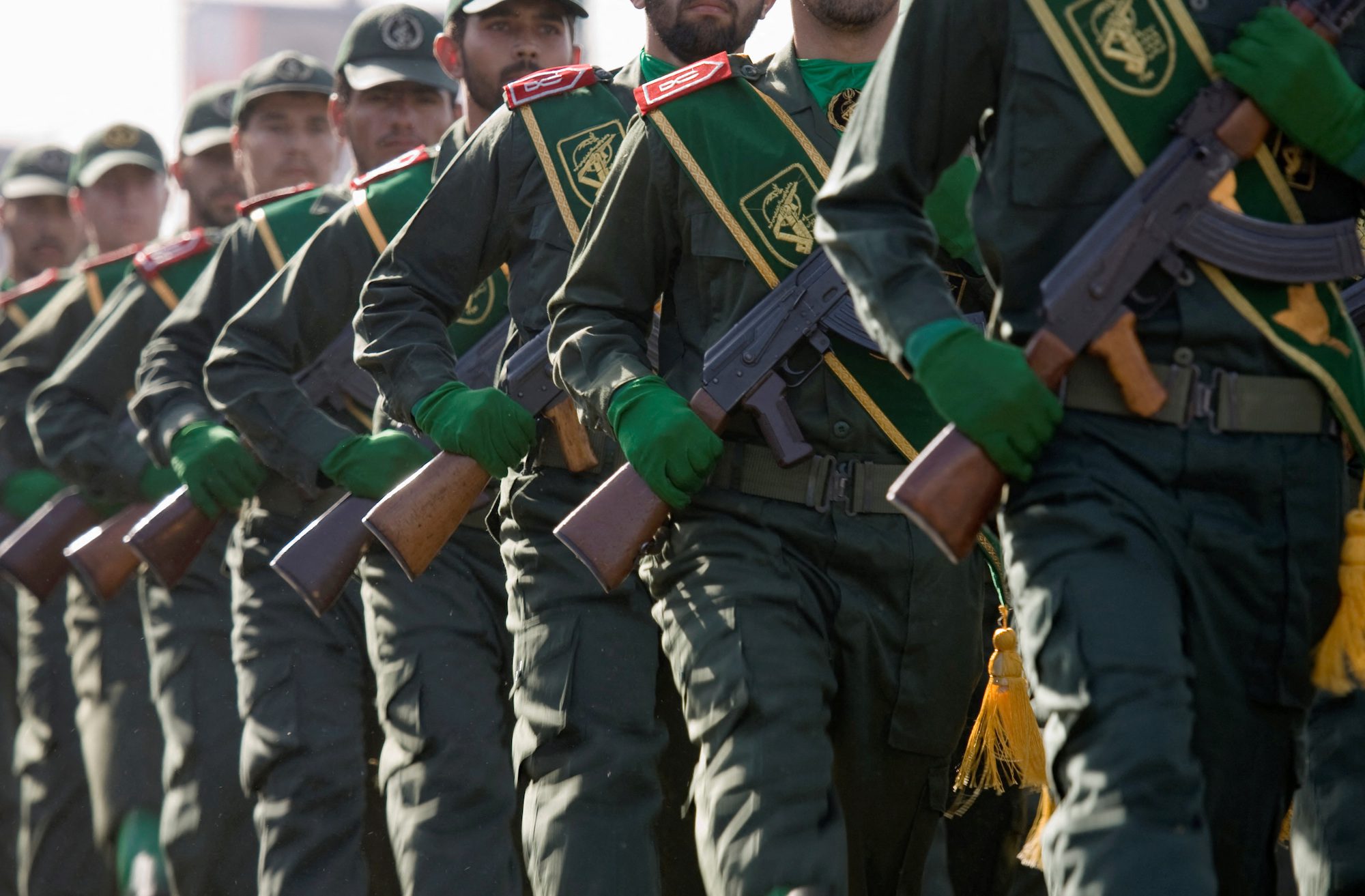
BY JULIÃN PÉTER
Under the 1982 United Nations Convention on the Law of the Sea, all coastal countries are granted sovereign rights to a stretch of sea extending 200 nautical miles beyond their coast. This is known as the exclusive economic zone, or EEZ. In many cases, this area is abundant with resources: large oil and gas reserves, valuable minerals and thriving habitats for fish. Over 150 countries boarder the coast, granting them an EEZ. But overlapping claims have made this resource-rich area a potential hotspot for international disputes.
One such area, with tremendous predicted oil and natural gas reserves, is the South China Sea. While the People’s Republic of China and the Philippines are the two biggest players, this region is currently being disputed by no less than seven independent countries.
Based on the “eleven-dot” demarcation line that first appeared in 1947 and was later adopted by the PRC as the “nine-dot line,” China has laid claim on a series of islands within the Spratly and Paracel archipelagos. This claim is being contested by the Philippines, who lodged a diplomatic protest on May 7th 2009 against China for illegally claiming the whole of the South China Sea. According to Philippine President Benigno Aquino III, “China’s 9-dash line territorial claim over the entire South China Sea is against international laws, particularly the United National Convention of the Laws of the Sea (UNCLOS).”
Wherein lays the truth?
In July 2010 the Global Times, the Communist Party-controlled newspaper, stated that “China will never waive its right to protect its core interest with military means.” Later, a Ministry of Defense spokesman said that “China has indisputable sovereignty of the South Sea and China has sufficient historical and legal backing” to underpin its claims. However, it is precisely this historical argument that fails to achieve traction within academic circles. Professor Peter Dutton from the U.S. Naval War College commented that, “The jurisdiction over waters does not have connection to history. It must observe the UNCLOS.” Both China and the Philippines have ratified the convention, which has been in effect since November 16, 1994.
Almost exactly 19 years later, as the international community rushed to aid the typhoon-stricken Philippines, China’s state-of-the-art hospital ship “Peace Ark” was conspicuously absent from the initial response effort and thus became the symbol of Chinese response to the crisis. Recent flare ups in the disputed South China Sea have done little to smooth out the ruffled political relations. 2012 has seen a number of maritime standoffs between the two nations and this year construction of Chinese installations were observed on the islands of Spratly archipelago.
Although it is difficult to say who is in the right, it can be concluded that the dispute has a damaging impact on the region and while few observers expect armed conflict to erupt in the near future, the question begs to be asked: What about other EEZ overlaps around the world, and how will they affect the international shipping and trade?
Sources:
- New America: Expanded Boundaries and Hidden Treasures by Robert D. Ballard: National Geographic Magazine, November 2013
- Second Hamilton-class cutter sets sail for Philippines by Mrityunjoy Mazumdar: Jane’s Navy International, July/August 2013
- Surface tension: Rivals jostle in South China Sea by Jon Rosamond: Jane’s Navy International, May 2013
- Pivot point: Re-shaping US maritime strategy to the Pacific by Robbind Laird and Ed Timperlake: Jane’s Navy International, April 2013
- Territorial disputes in the South China Sea from Wikipedia.

 Join The Club
Join The Club











